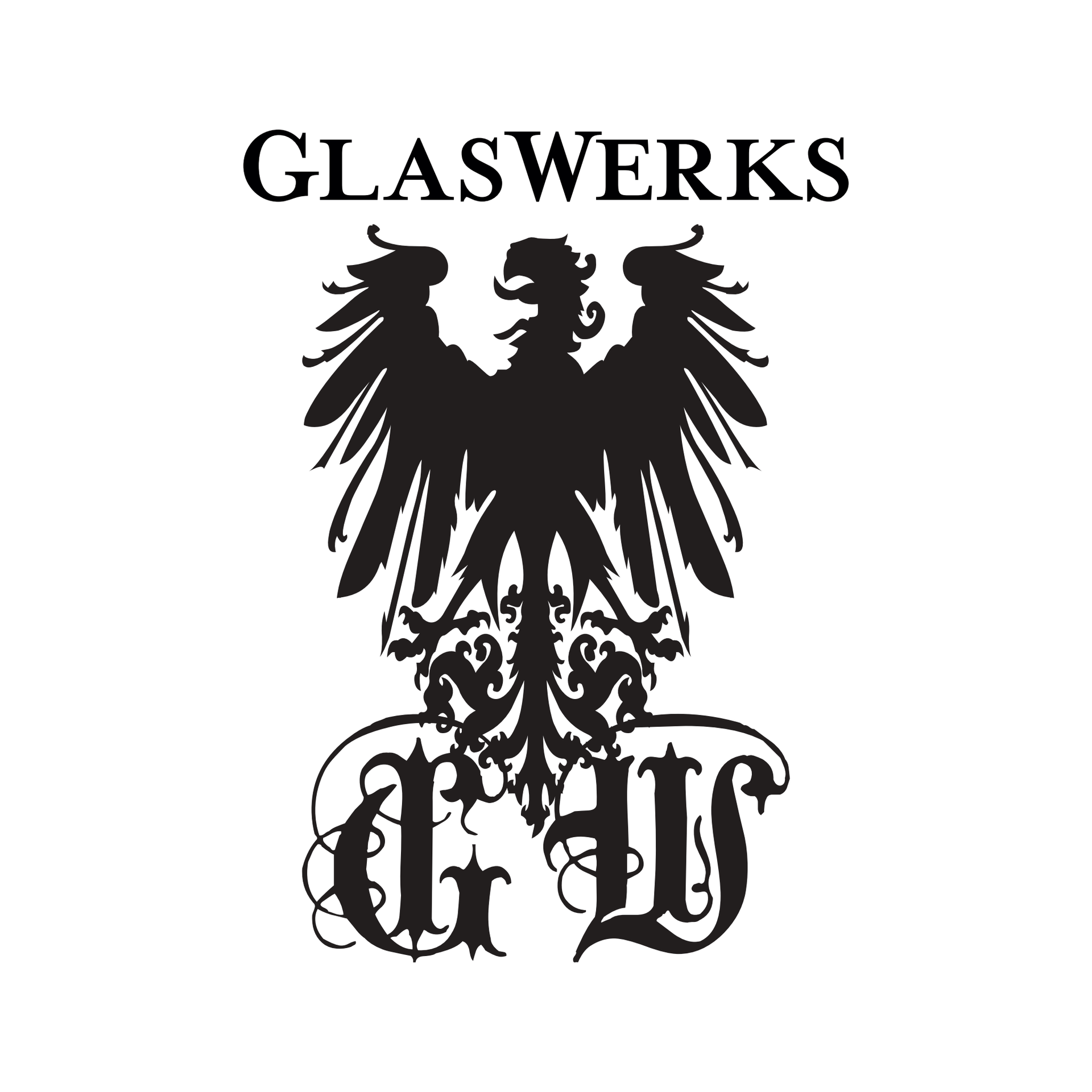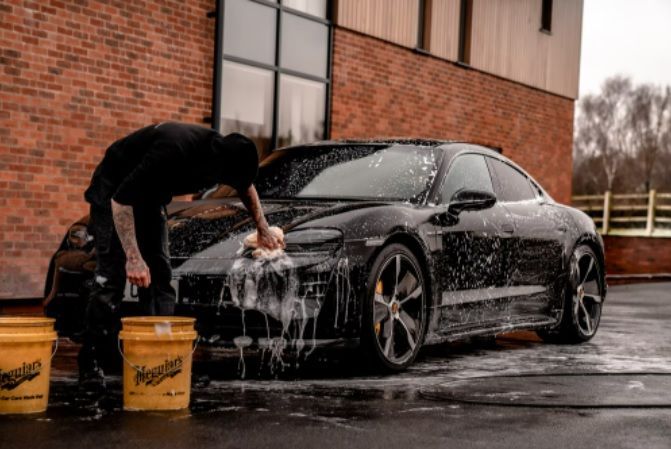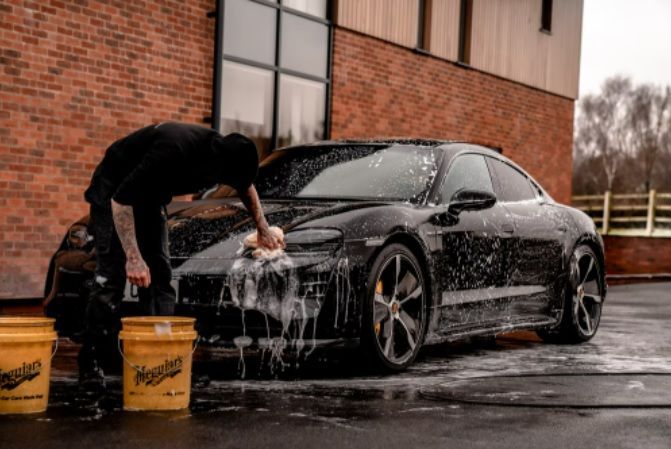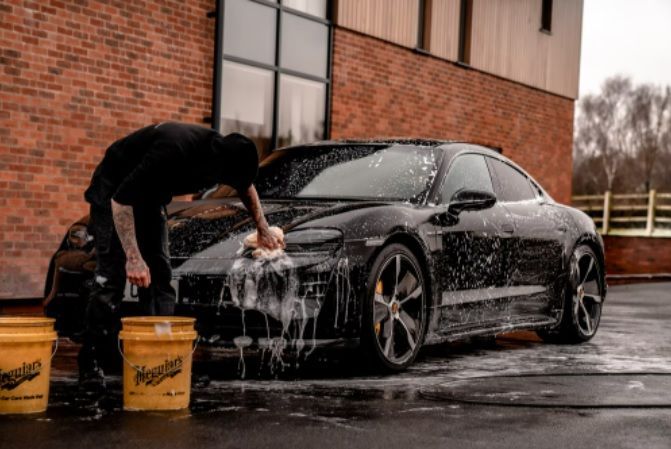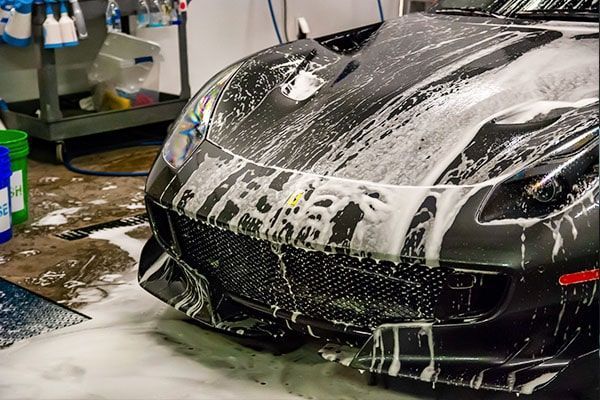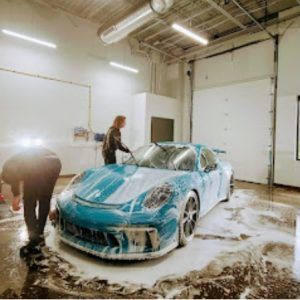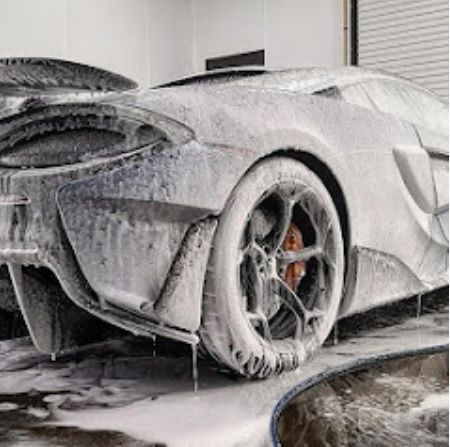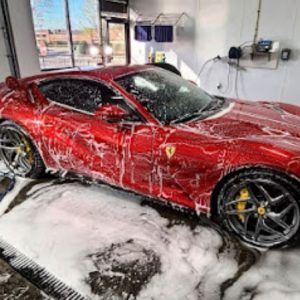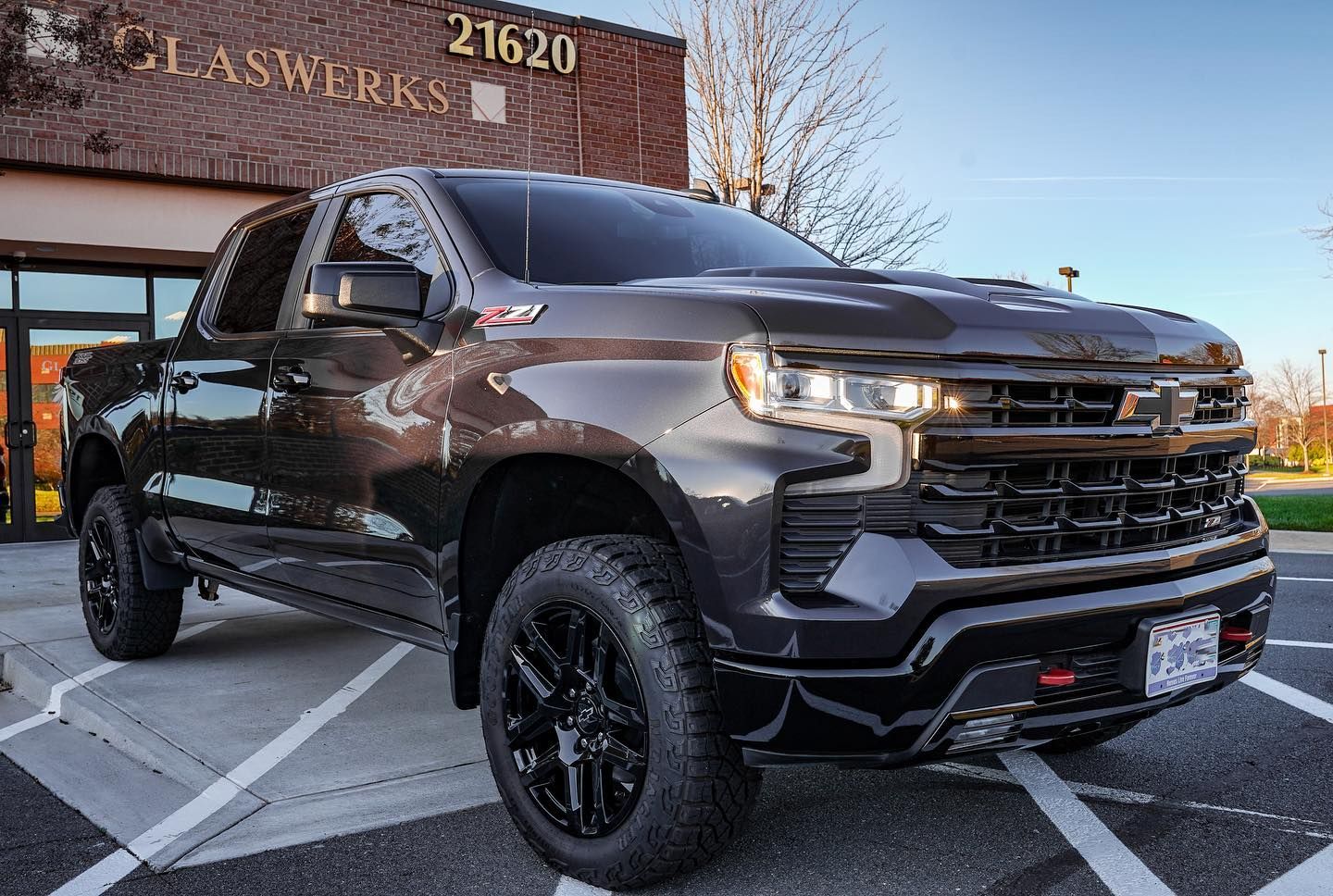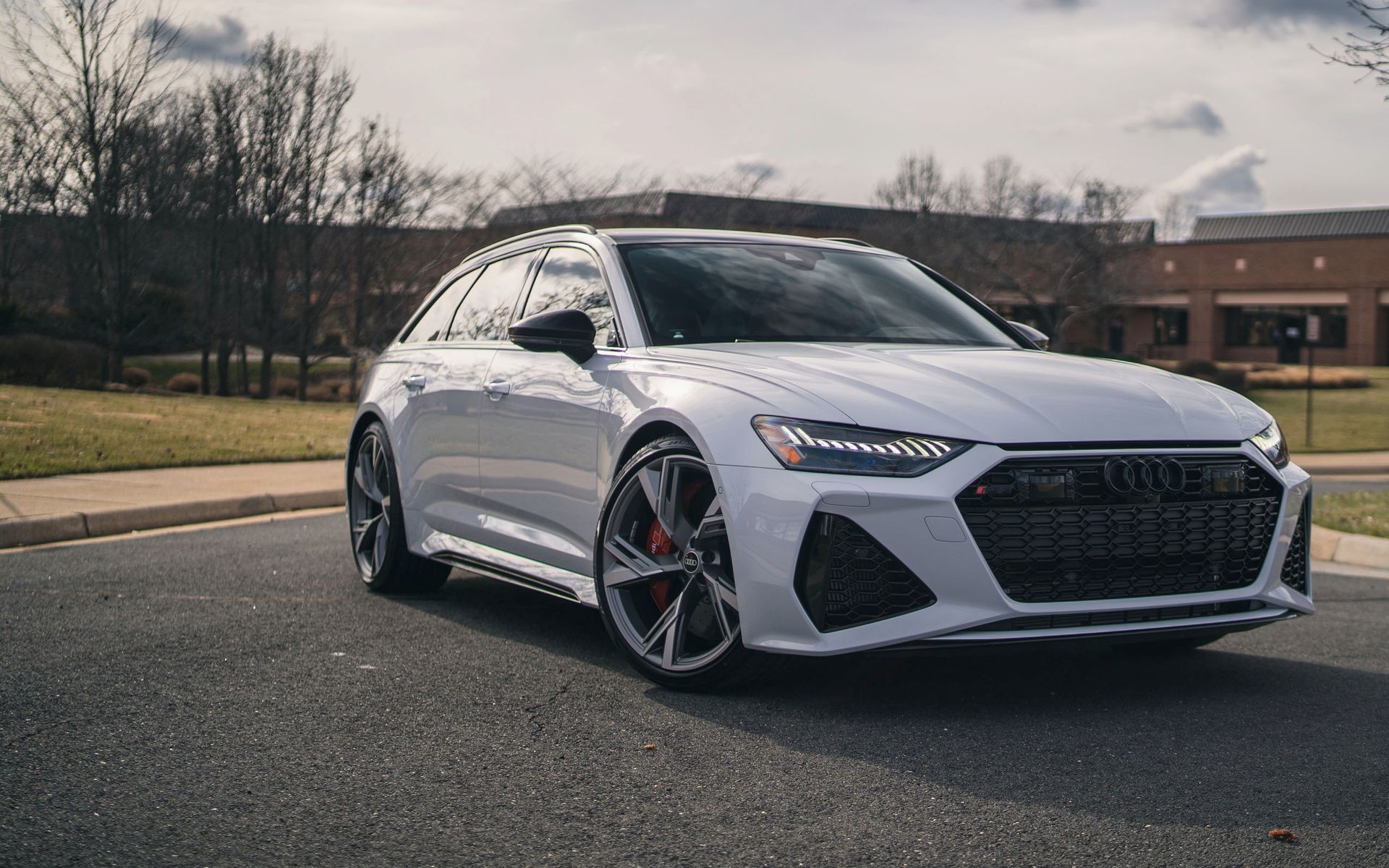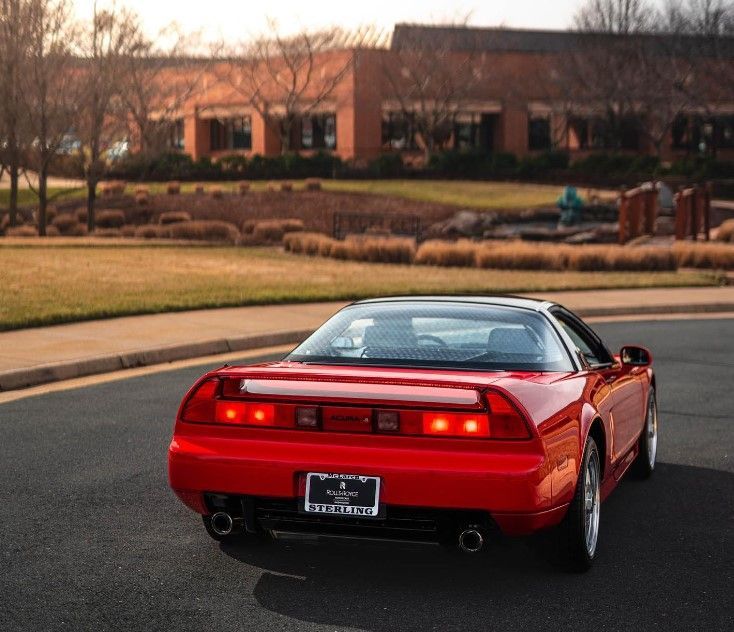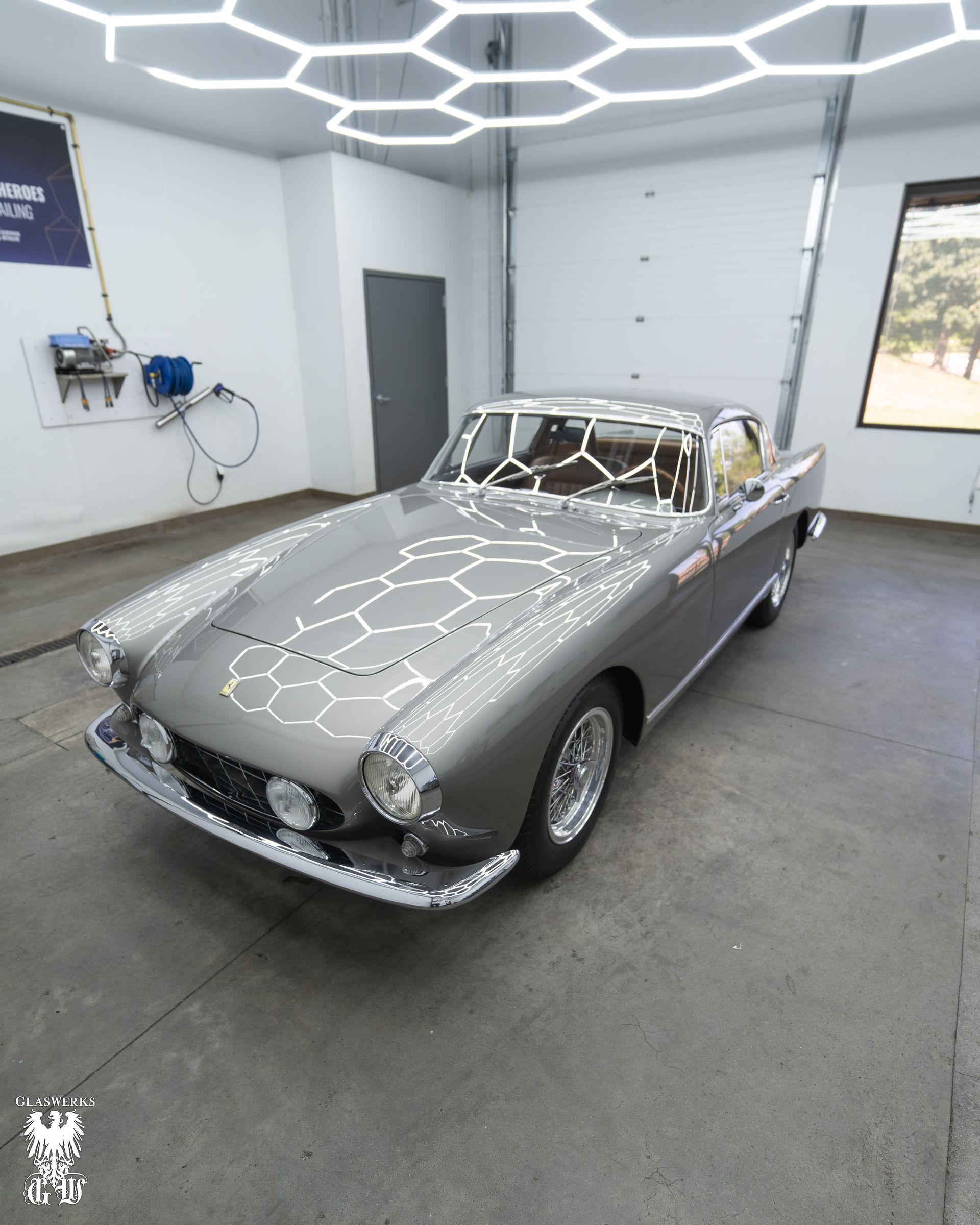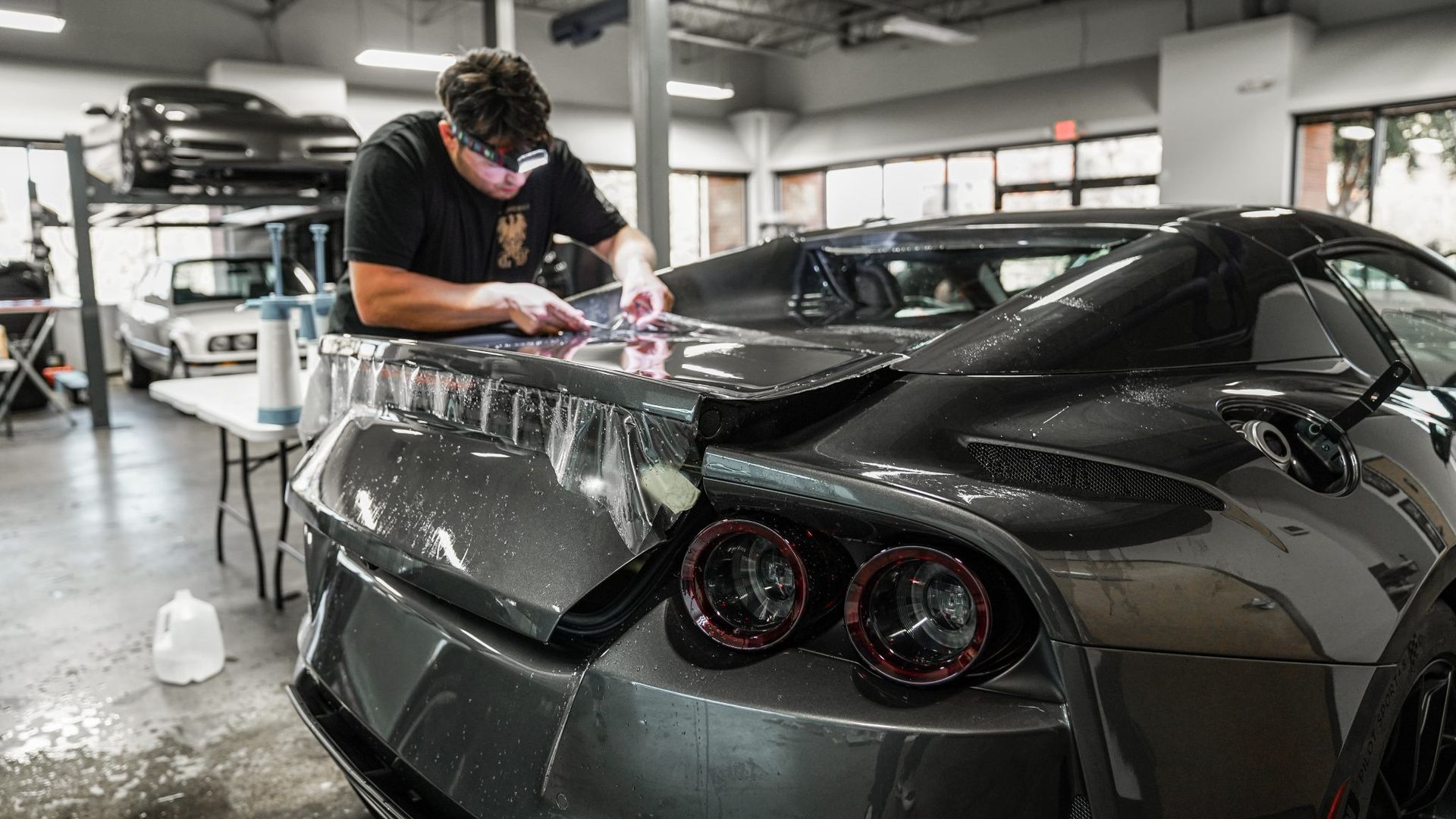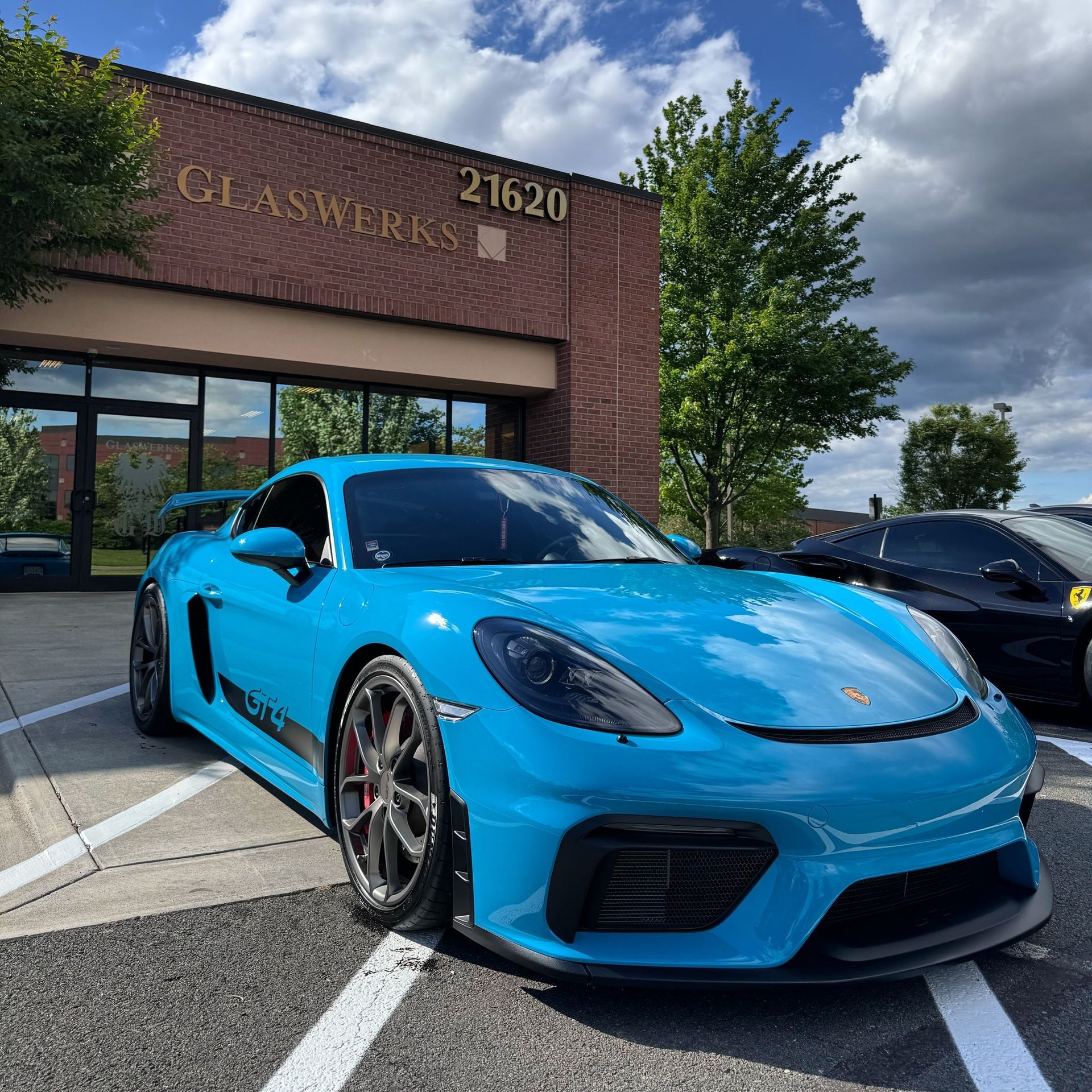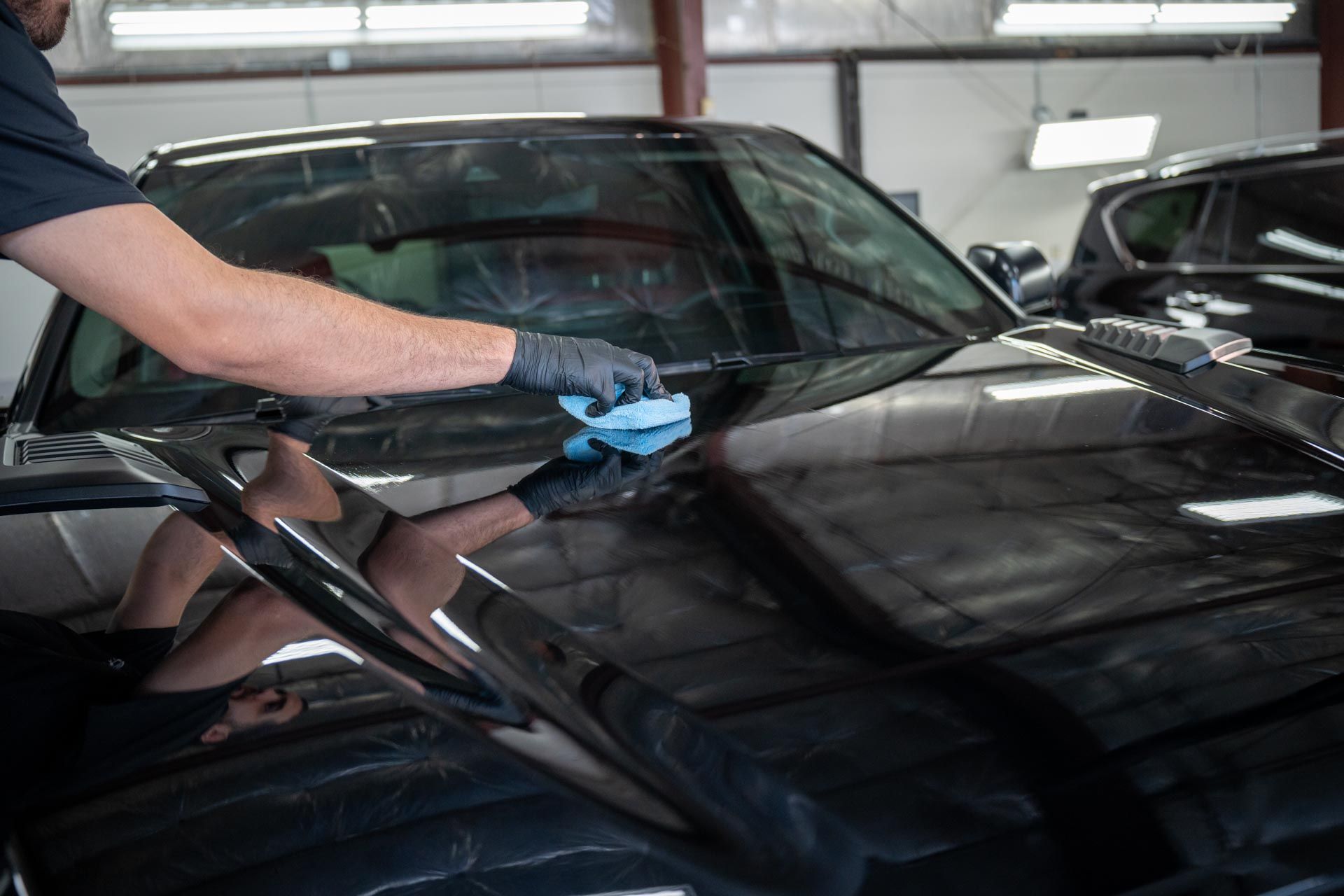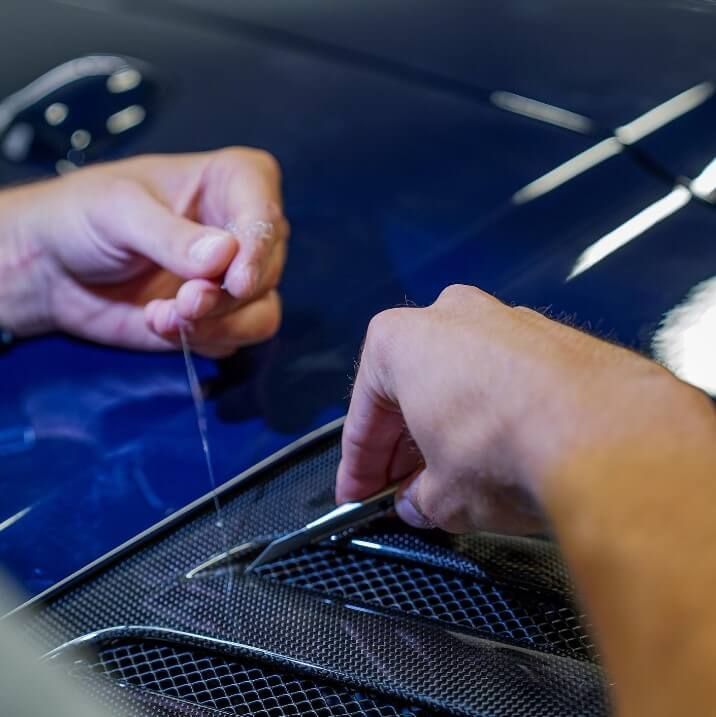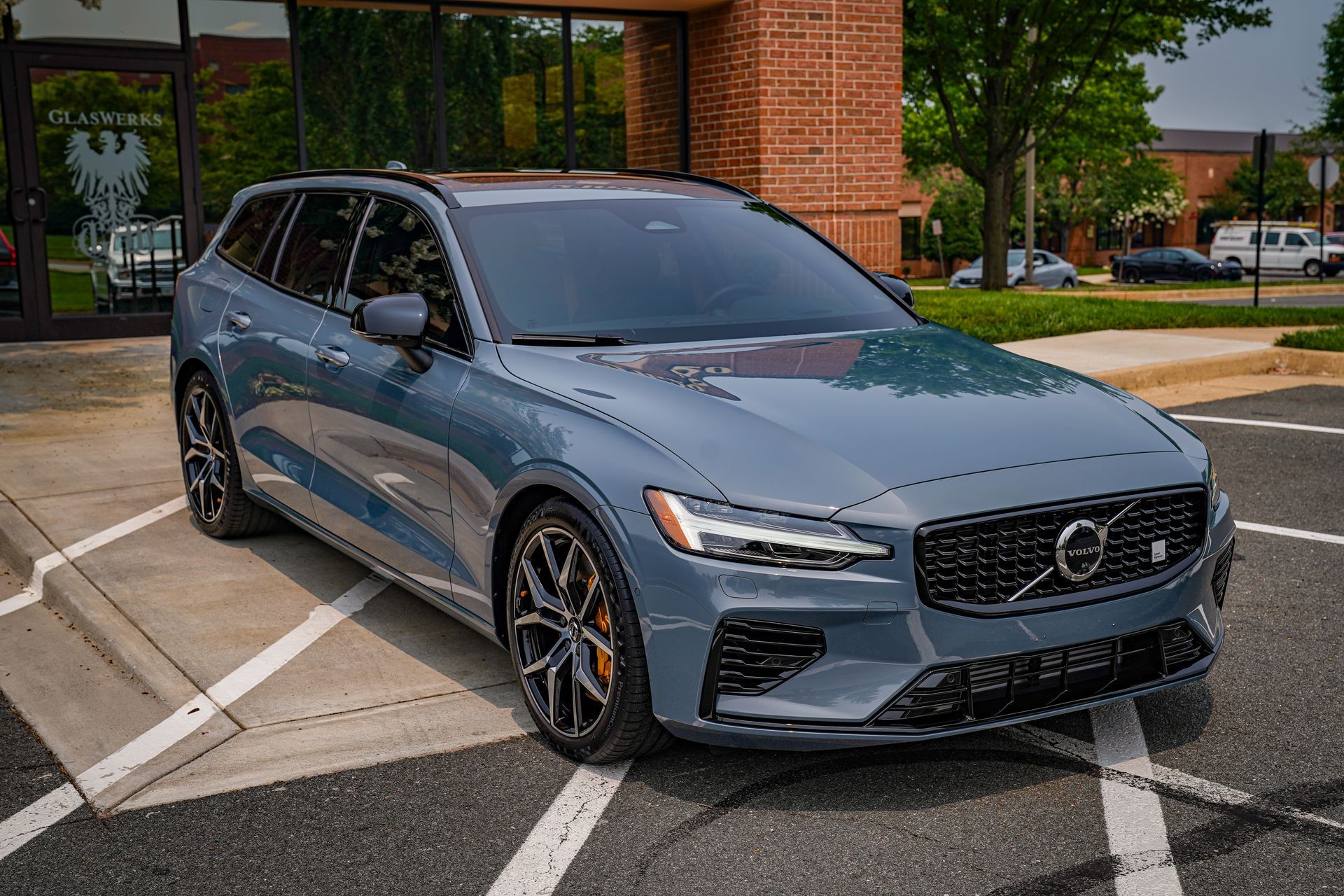

If you're like most car owners, you probably want your vehicle to look its best without spending a fortune on upkeep. Enter ceramic coatings, a game-changing solution that promises not just shine but also serious protection for your ride. Imagine giving your car a coat that helps shield it from dirt, scratches, and even the sun’s harmful rays! That sounds pretty appealing, right? These advanced coatings do more than sit on top of your paint; they form a tough layer that bonds with it, keeping your car looking fresh and clean for years. In this article, we will dive into the many benefits of ceramic coatings and explore why they are becoming a go-to choice for anyone interested in maintaining their vehicle's appearance and value. Ceramic coatings provide exceptional paint protection against environmental contaminants, UV rays, and minor impacts, while also offering long-lasting durability and hydrophobic properties that simplify maintenance. In addition to enhancing the car's appearance with a glossy finish, these coatings significantly reduce the frequency of washes required, making them a practical investment for preserving your vehicle's aesthetics over time. Ceramic Coating Overview Ceramic coatings are not your average car wax; they represent a cutting-edge innovation in vehicular protection. These advanced liquid polymers do more than just shine—they create a protective layer that bonds chemically with the factory paint of your car. This bond forms a semi-permanent shield, effectively acting like armor against environmental nuisances such as harsh UV rays, bird droppings, and road grime. Moreover, this kind of coating is designed with durability in mind; it outlasts traditional waxes and sealants by several years, providing peace of mind that your paint is well-guarded. Protection Against Contaminants When your car is coated with these polymers, you're essentially equipping it with a durable force field. Let's break this down: whereas standard wax simply sits on top of the paint, providing only a temporary shine and minimal protection, ceramic coatings bond with the clear coat of your vehicle's paint. This results in a barrier that resists wear over time. Furthermore, the hydrophobic properties of ceramic coatings mean water beads off effortlessly, capturing dirt and debris along with it. With traditional waxing methods, you'd often find that dirt settles onto painted surfaces—requiring frequent washes to maintain that showroom finish. In contrast, a ceramic-coated surface actively repels this grime, allowing for extended periods between washes without sacrificing aesthetics. As you consider the implications of this benefit, think about how easy life becomes when you don’t have to scrub your car as frequently. Longevity and Maintenance The longevity of these coatings is particularly noteworthy; high-quality ceramic coatings can last anywhere from two to five years with proper maintenance. While there may be an initial investment—with professional applications typically costing upwards of $1,000—the long-term savings can be substantial. You see, less frequent washing and reduced need for detailing ideally balance out that upfront cost over time. On top of this financial aspect lies a critical factor—maintenance. Even though ceramic coatings require less upkeep than traditional wax, they still need some love to sustain their remarkable hydrophobic characteristics and swirl mark resistance. A simple wash using pH-neutral soap and regular inspections will ensure that these attributes continue to perform across the lifetime of the application. Think about it: as automotive technology evolves and we seek better ways to preserve our vehicles, ceramic coatings are leading the charge—blending ease-of-use with strong protective qualities for a solution that makes sense for anyone hoping to keep their prized possession looking pristine. With these insights into the advantages presented by ceramic coatings, it's time to explore further into how such innovations offer superior resilience against various deteriorating factors affecting your vehicle's exterior.
